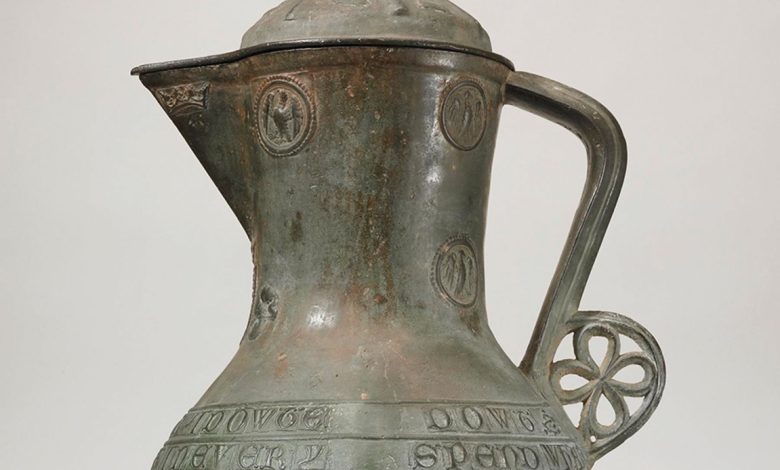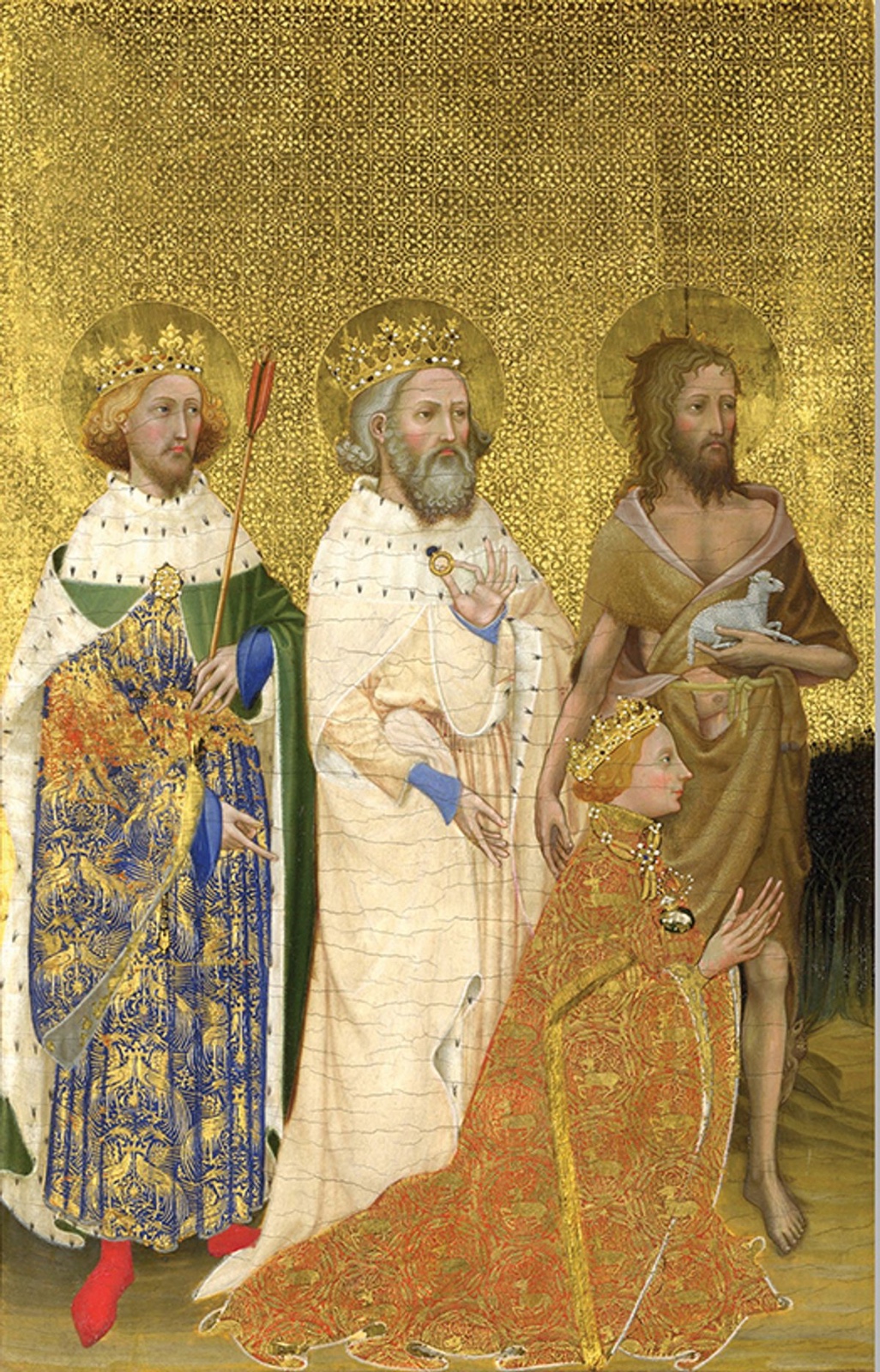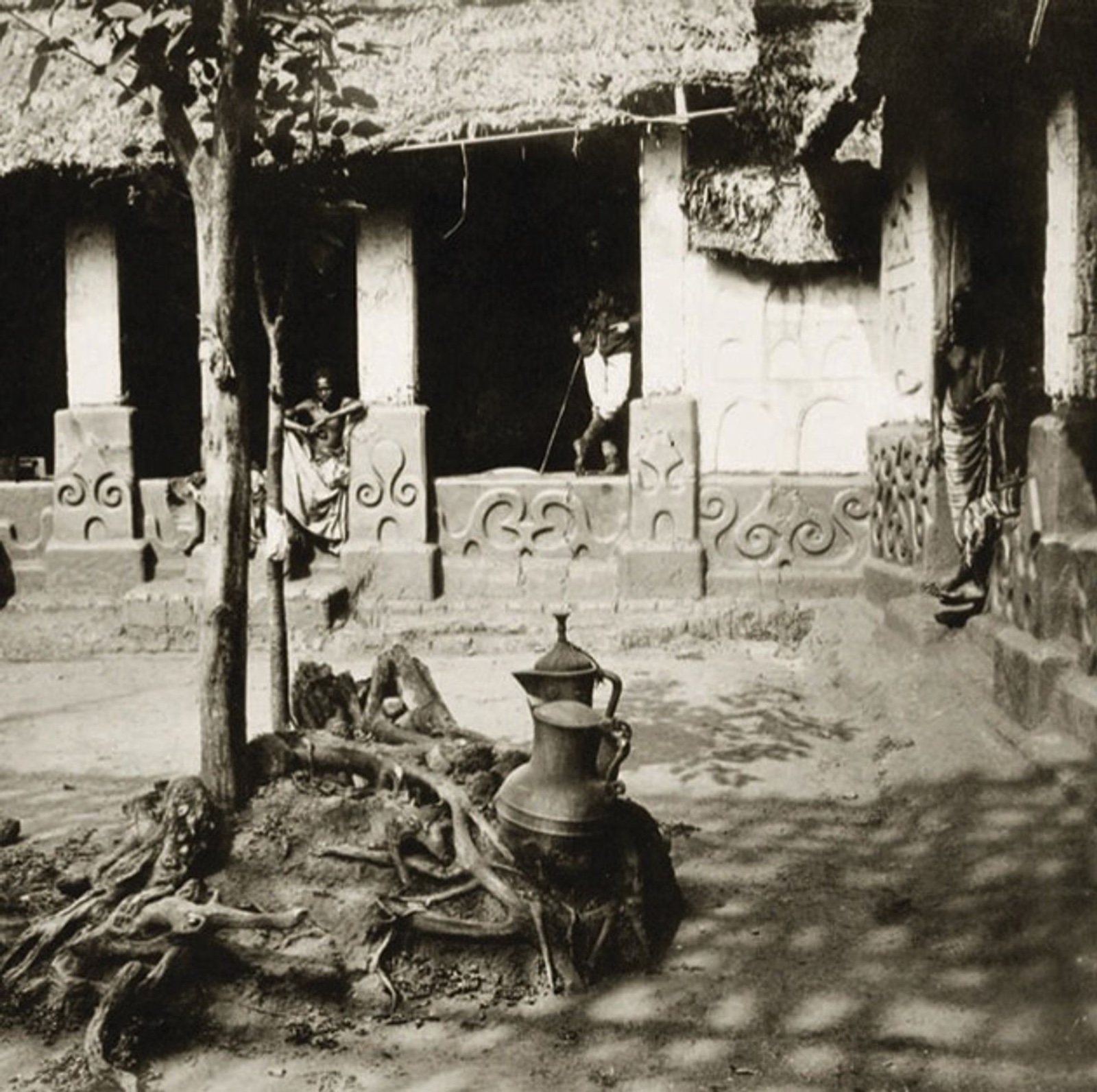British Museum investigates long and curious journey of Asante bronze jug seized in 1896

The British Museum is investigating how an English-made jug turned up in Kumasi before being seized during the 19th Century Anglo-Asante wars.
Currently on display in the British Museum’s medieval gallery, the highly valued Asante Ewer was seized when British troops ransacked the Asante king’s compound in Kumasi during the Asante Wars of 1896. It was acquired by a senior officer, Charles St Leger Barter, who sold it to the British Museum for £50.”
A story in The Art newspaper, the world’s biggest online and print publication that covers international art, explained that the British Museum’s investigation of the story of the Asante Ewer is part of a project to examine early connections between England and West Africa.
“In recent years this relationship has been studied primarily in terms of the slave trade, but the museum also wants to delve deeper into earlier links.”
The project, funded by the British Academy/Wolfson Foundation, is expected to lead to an exhibition or display centred around the Asante Ewer, to be held at the British Museum and Leeds City Museum (which has a smaller ewer, also looted from Kumasi). This will probably be held in 2025-26, when the British Museum curator Lloyd de Beer is publishing a scholarly book.
Highly valued
According to the newspaper, the Asante Ewer, which is among the most intriguing objects in the British Museum is a bronze jug made in England for King Richard II in the 1390s, which somehow ended up in Kumasi.
“The imposing lidded Asante Ewer, 62cm tall and weighing 22kg, is much too heavy to have ever been used for pouring liquids; it was probably a prestige object made for display. “The ewer is ornately decorated. Beneath the spout are the royal arms of England, as used from 1340 to 1405. But the ewer can be dated more precisely, since the stag decorations on its seven-sided lid represent the personal emblem of Richard II, suggesting that it was cast during his reign in the 1390s. “
Mystery
Touching on the mystery of how the ewer reached the Asante capital, Kumasi, which is around 5,000 miles away, the publication said, there were two possible routes.
“It may have travelled on an English ship to North Africa, from where it could have been sent overland by camel, across the Sahara to Timbuktu and then on to Kumasi. Alternatively, it may have gone by sea, possibly as early as the 1470s on one of the first Portuguese voyages around West Africa,” it stated.
“An 1884 photograph, taken over a decade before the looting, shows the Asante Ewer and the smaller vessel (now in Leeds) under what was probably a sacred tree in the courtyard of the royal compound in Kumasi. The presence of the two prominently displayed English ewers suggests that they were then highly valued by the Asante rulers,” the newspaper stated.
Along with the Asante Ewer, two other smaller and simpler jugs were also looted by the British at Kumasi. These two are similar to each other, suggesting that they were cast in the same foundry. Since all three ewers ended up in West Africa, it is likely (but not certain) that all came from England’s royal household. A technical examination of the three, including their metal composition, is now planned.
Wars
Furthermore, the newspaper said there was a smaller ewer was acquired by the governor of the Gold Coast during the 1896 military operation and was immediately presented to West Yorkshire Regiment officers. It later passed to the York Army Museum and is on long-term loan to Leeds City Museum.
The third ewer was acquired by the British Museum in 1933 from Cecil Hamilton Armitage, who fought in the Anglo-Asante wars of 1896 and 1900. A museum publication at the time of the acquisition records that it was “the great war fetish of the Ashanti Nation, and was always taken into battle”.












